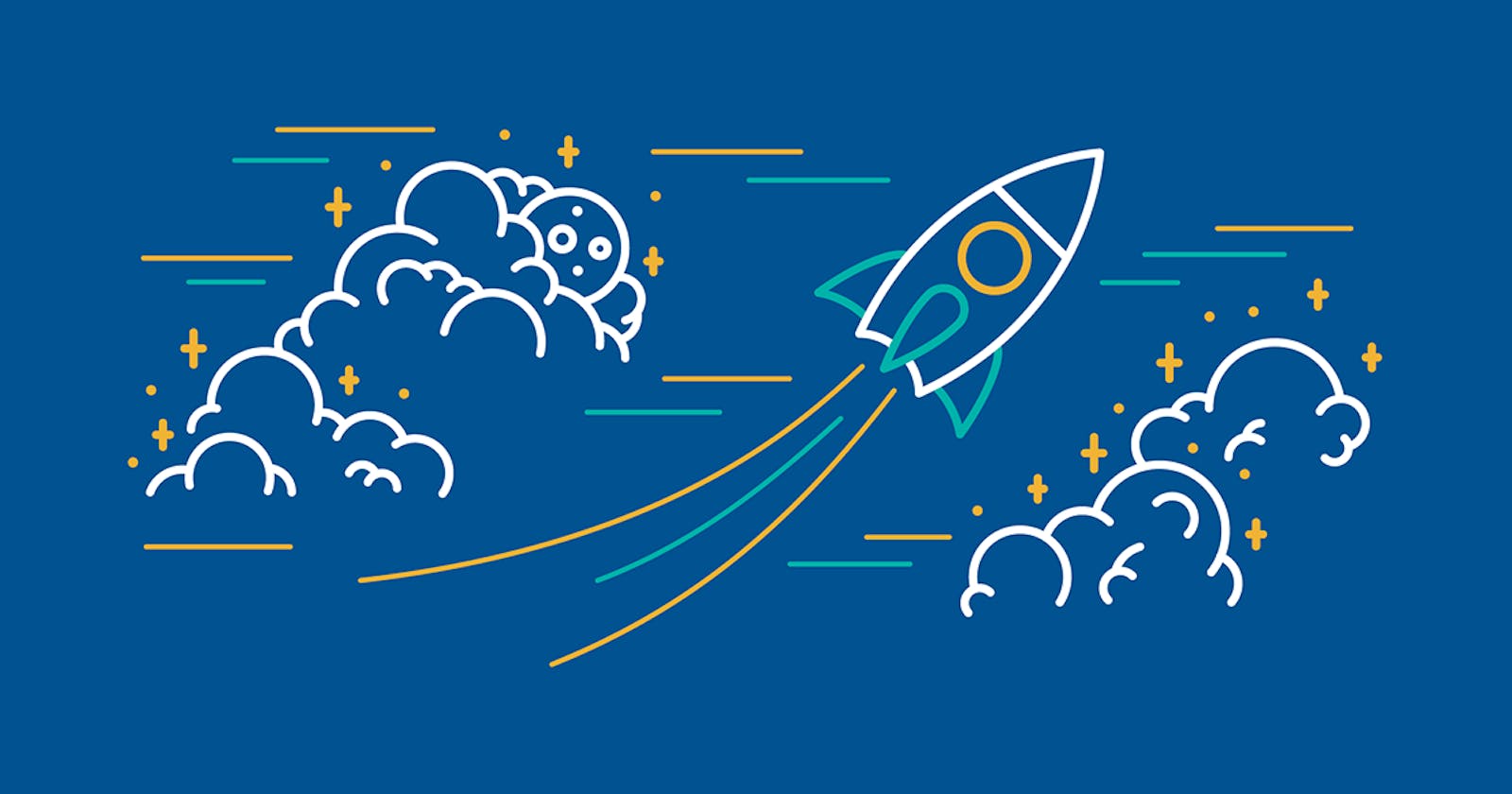Introduction
Embarking on the path of entrepreneurship is an exhilarating and challenging experience. The process of turning a mere idea into a fully operational startup is known as the "startup ideation to launch phase." This journey involves several critical stages that require careful planning, perseverance, and adaptability. In this blog, we will explore the various stages involved in transforming a startup idea into a tangible reality and the key factors that contribute to a successful launch.
Ideation Phase
The journey of every startup begins with a spark of inspiration - an idea that has the potential to address a specific problem or fulfill an unmet need in the market. During the ideation phase, entrepreneurs brainstorm, conduct market research, and analyze the feasibility of their idea. Key activities in this phase include:
Identifying the Problem: Start by pinpointing a real and compelling problem that needs solving. Understanding the pain points of potential customers is crucial to creating a product or service that resonates with the target audience.
Market Research: Thorough market research is essential to assess the competitive landscape, identify potential competitors, and validate the demand for the proposed solution. This stage helps entrepreneurs refine their idea and understand their target market better.
Defining the Value Proposition: A clear and unique value proposition is the foundation of any successful startup. Define what sets your product or service apart from others and why customers should choose you over competitors.
Concept Development
Once the idea is solidified, it's time to delve deeper into the concept development stage. Entrepreneurs start outlining the business model, product/service features, and the technology required to build the solution. Key activities in this phase include:
Business Model Canvas: Create a business model canvas to visualize the key components of your startup, including customer segments, revenue streams, cost structure, and distribution channels.
Minimum Viable Product (MVP): Instead of building a fully-featured product from the start, focus on developing an MVP that showcases the core functionality. This approach helps save time and resources while allowing for early user feedback.
Prototyping and Testing: Develop prototypes or mock-ups to test the usability and functionality of the product or service. Feedback from potential users during this stage is invaluable for refining the concept.
Pre-Launch Preparations
With a validated concept in hand, it's time to gear up for the actual launch. This phase involves setting up the necessary infrastructure, assembling a team, and preparing for the initial marketing efforts. Key activities in this phase include:
Legal and Regulatory Compliance: Register the business, obtain necessary licenses, and ensure compliance with relevant regulations.
Team Building: Recruit a team of skilled professionals who share the passion and vision for the startup. Each team member plays a crucial role in driving the venture forward.
Funding and Investment: Secure funding through various means, such as bootstrapping, angel investors, venture capitalists, or crowdfunding.
Launch Phase
The moment of truth has arrived. The launch phase marks the official introduction of the startup to the world. Successful execution during this stage is vital to make a lasting impression on customers and gain traction in the market. Key activities in this phase include:
Marketing and Promotion: Develop a comprehensive marketing strategy to create buzz around the launch. Utilize digital marketing, social media, content marketing, and PR to reach the target audience.
Customer Acquisition: Focus on acquiring the first set of customers and gathering feedback to further improve the product-market fit.
Scaling: As the startup gains traction and positive feedback, it's time to scale operations, expand the customer base, and explore new markets.
Conclusion
The journey from startup ideation to launch is a rollercoaster ride of creativity, determination, and hard work. It requires entrepreneurs to remain agile, adapt to challenges, and continuously learn from experiences. By carefully navigating through the ideation, concept development, pre-launch preparations, and launch phases, entrepreneurs can increase their chances of transforming their vision into a successful and thriving startup. Remember, no two startup journeys are the same, but with the right approach, dedication, and a little bit of luck, the rewards can be extraordinary.
